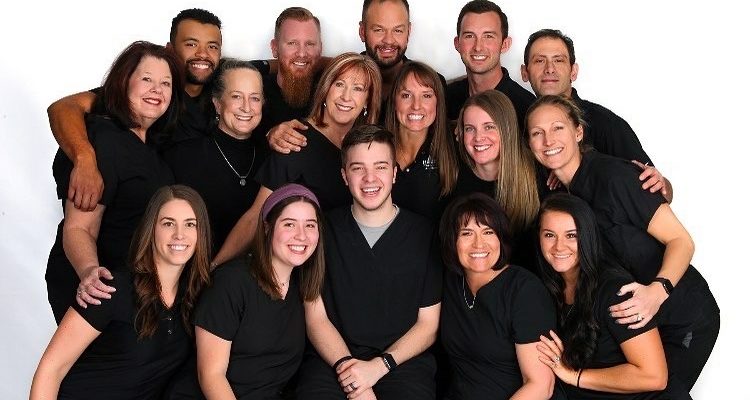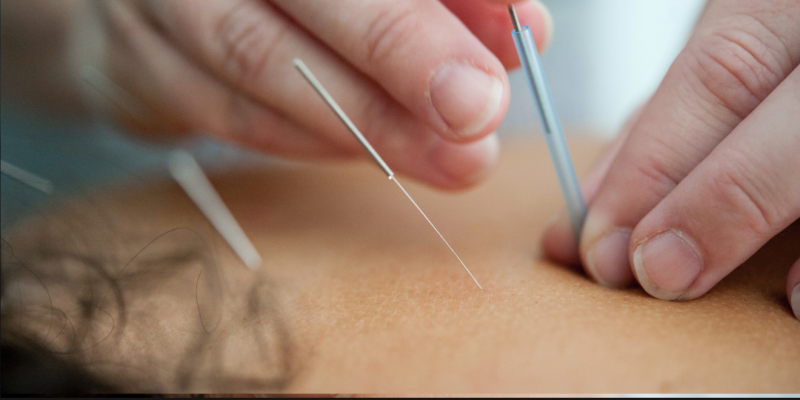I once had a patient who was in a bad car accident and taken to the ER for evaluation. Once the doctor had ruled out fractures and serious head trauma she was given the usual painkillers and muscle relaxers and just as she was leaving the Dr. said “oh and do not see a chiropractor they cause strokes.” My patient was taken back a little by this but left quietly and came in for care that night. When I asked her why she still came in even though the doctor ignorantly discouraged it she said: “I have had chiropractic care my whole life and I knew these meds would only make me worse and I always feel better after an adjustment, I know it works.” I am often asked if adjusting the neck is safe and so I decided to blog on the research of what is happening during an adjustment and if it really causes strokes. There is a lot of medical jargon here so please post any questions you all may have.
Mechanism of action of spinal manipulation in Chiropractic Care
Facet Joint Separation results in a release of energy and creates joint cavitation usually associated with a popping noise.
Stretching of the paraspinal muscle resulting in forced muscle relaxation
Decreased intradiscal pressure which reduces pressure in the disc annulus and endplates which may have been under pressure activating nerve endings and causing pain.
Pain relief (1)
Plasma beta-endorphin levels rise to provide an analgesic effect that has been documented to occur after SMT
Activation of the descending pain inhibitory system by stretching structures that make up the vertebral motor unit
Muscle stretching that induces afferent presynaptic inhibition, which decreases cutaneous pain known to occur locally after SMT
- 1. Maigne, Vautravers. Review: Mechanism of Action of Spinal Manipulative Therapy (Joint Bone Spine 2003;70:336-341)
Cervical Spine Manipulation and Safety for Chiropractic Patients in Parker CO
“When 606 cases of stroke over 9 years were examined, only 9% of the cases were related to manipulation, 29% were listed as being caused by a trivial action or other trauma, and the majority of which were spontaneous accounted for 61% of the cases.” (1)
In addition to orthopedic and neurological testing, chiropractors take a thorough patient history and exam to screen for the following:
Risk factors for stroke (1):
- Smoking
- Oral Contraceptives
- Recent Infection
Conditions associated with a higher incidence of stroke (1):
- Fibromuscular dysplasia
- Marfans syndrome
- Migraine
- Hypertension
- Mild hyperhomocysteinemia
Warning signs and symptoms of impending dissection (1):
- Headaches and neck pain occur in 50% to 80% of stroke patients
- Headaches are new/unusual
- Sharp and or acute
- Tend to be unilateral on the side of dissection
- May be located in the suboccipital region
Chiropractic care is a safe alternative therapeutic option with fewer side effects compared to other commonly accepted treatments for neck pain and headaches.
“Significant complications occur in 1% to 4% of NSAID users each year.” (2)
“GI complications due to NSAIDs cause more than100,000 hospitalizations and an estimated 16,500 deaths each year in the United States”(3)
- Haneline, Lewkovich, An Analysis of the Etiology of Cervical Artery Dissections: 1994 to 2003, (J. Manipulative Physio Ther 2005;28:617-622)
- Bjorkman, Current status of nonsteroidal anti-inflammatory drug (NSAID) use in the United States: risk factors and frequency of complications. (Am J Med 1999;107:3S-8S)
- Graumlich, Preventing gastrointestinal complications of NSAIDs. Risk factors, recent advances and latest strategies. (Postgrad Med 2001;109:117-20.)







